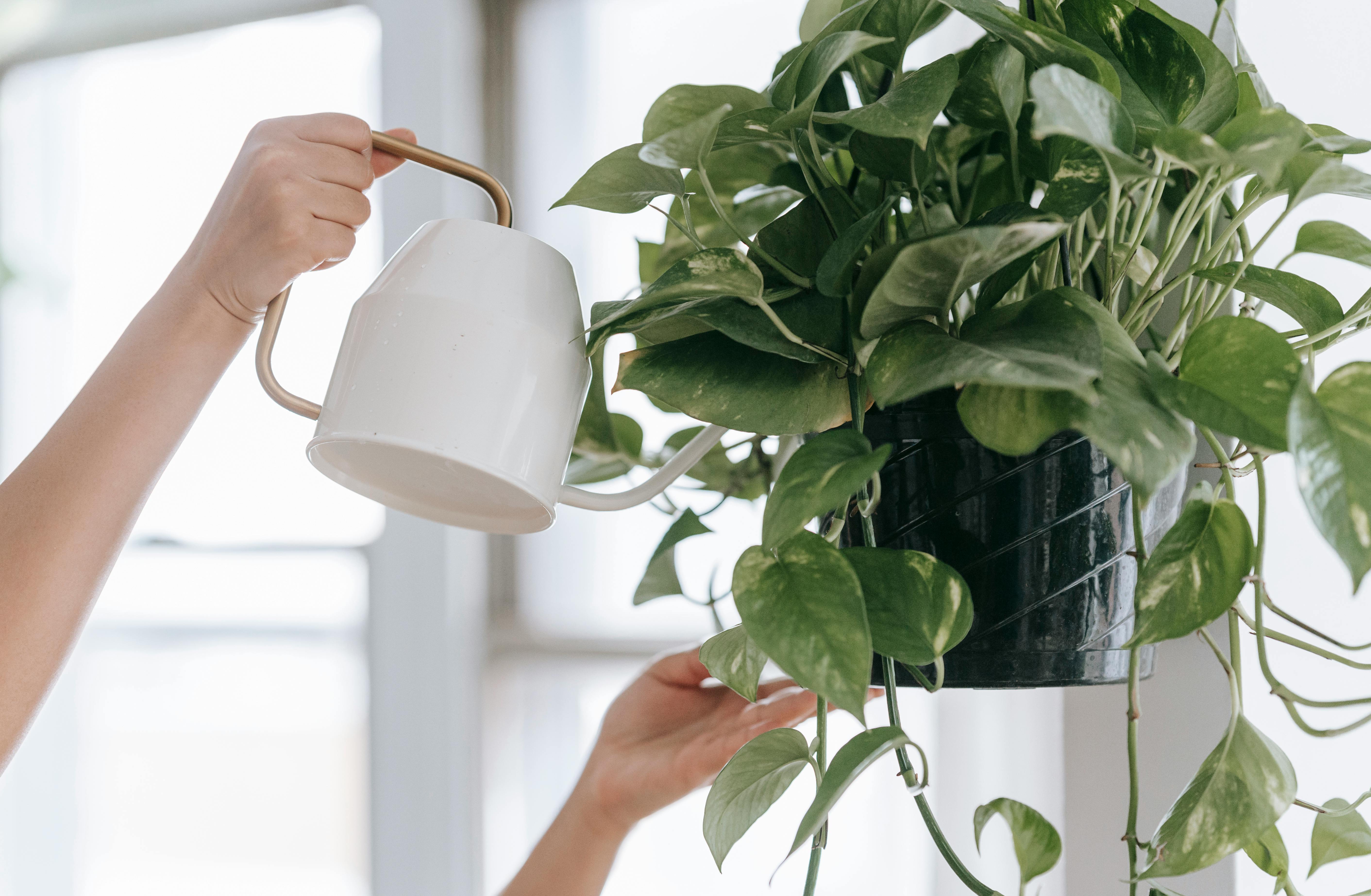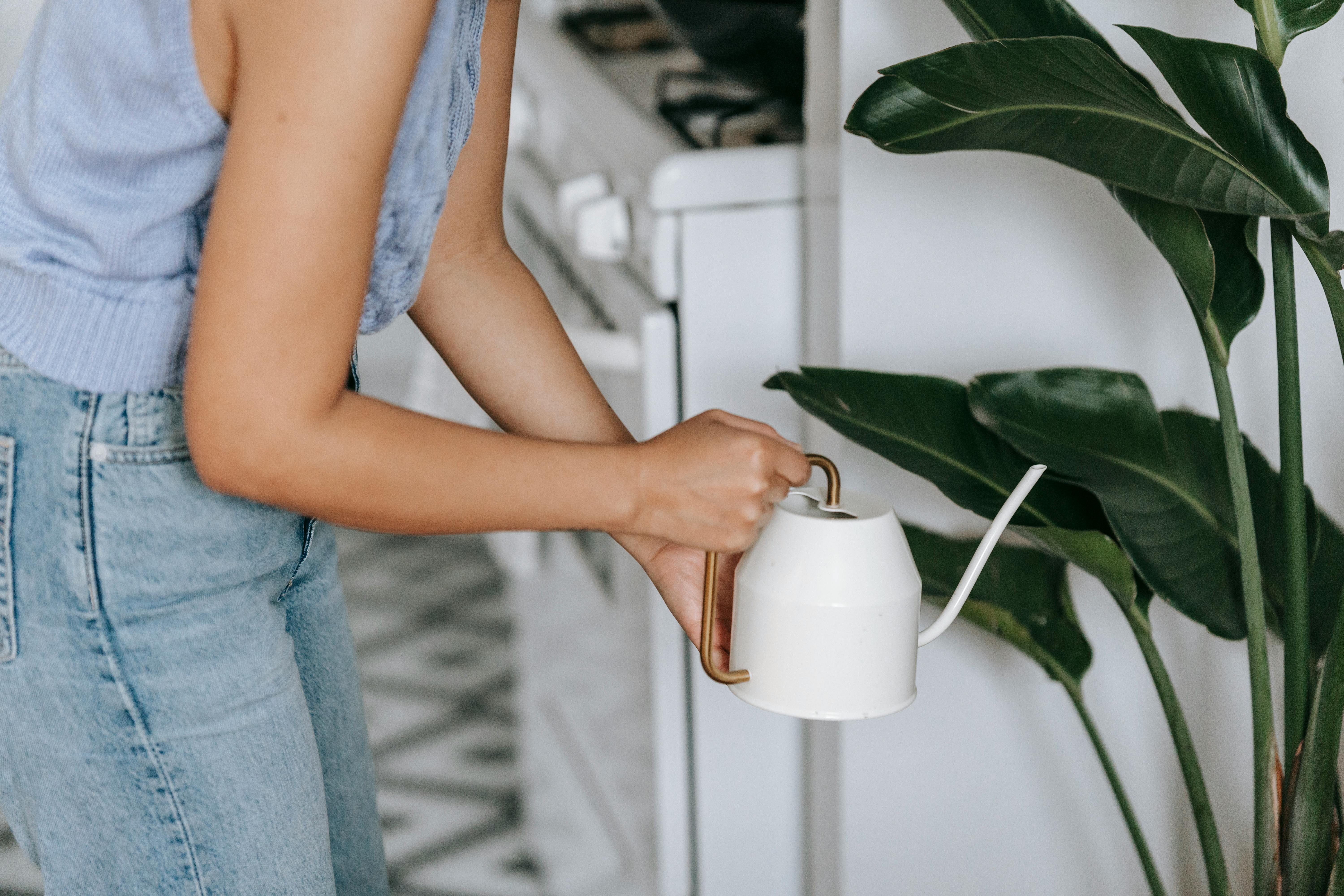Distilling water is a process that involves purifying water by removing minerals and impurities. This process can be done at home with the right equipment. It is a simple and effective way to create clean, pure drinking water. Distilling water at home can be done for a variety of reasons, such as creating distilled water for drinking, making distilled water for use in steam irons or other small appliances, or even creating distilled water for aquariums. Regardless of the reason, distilling water at home can be a safe and economical way to obtain pure drinking water.Yes, it is possible to distill water at home. Distillation is a process that involves boiling water and condensing the steam produced into a separate container. This method can be done at home using basic kitchen equipment such as a stove, pot, and two containers.
Pros of Distilling Water at Home
Distilling water at home has many advantages. One of the main benefits is that it eliminates all impurities, including chemicals and minerals, from the water. This makes it much safer to drink than tap water, which can contain contaminants such as lead, chlorine, and bacteria. It also ensures that you are getting clean and pure drinking water. Additionally, distilled water has a longer shelf life than regular tap water, making it ideal for storing or using in various applications.
Another pro of distilling water at home is that it is relatively easy to do. All you need is a distiller or distillation unit and some basic supplies like a container for collecting the distilled liquid. The process does not require any special skills or knowledge other than general knowledge about how to operate the unit safely and effectively. Finally, it is also more cost-effective than buying bottled water from stores.
Cons of Distilling Water at Home
One of the biggest drawbacks of distilling water at home is that it can be time consuming. The process requires several hours to complete and may require multiple runs to get enough purified water for your needs. Additionally, if you don’t have access to an electrical outlet or other power source, you will need to purchase a generator or use an alternative method such as solar energy or propane gas tank in order to power your distiller.
Another con of distilling water at home is that it can be expensive if you do not already have all the equipment needed for the process. You will need to purchase a quality distiller or purifier unit along with any necessary accessories such as filters or hoses in order to complete the job correctly.
Finally, while distilled water does remove impurities from your drinking supply, it can also remove important minerals and nutrients that are beneficial for health and wellness. Therefore, if you are looking for a healthy alternative to tap water, then you may want to consider other methods like reverse osmosis filtration instead.
DIY Distiller Kit for Home Use
Are you looking for a way to make your own distilled spirits and beverages at home? With the help of a DIY distiller kit, you can easily and quickly achieve this goal. This type of kit contains all the necessary components and instructions needed to build a still and get started on the distilling process. It’s an easy way for anyone to begin exploring the world of craft spirits, without having to invest in expensive equipment or take on complicated projects.
The DIY distiller kit comes with everything you need to get started, including detailed instructions, copper tubing, and high-quality components. The parts are easy to assemble and require minimal effort to set up. All that’s left is to put in your ingredients and let the distilling process begin! Depending on what type of beverage you’re making, it can take anywhere from one day up to two weeks for the process to finish.
Once your beverage is finished, you can enjoy it right away or store it up safely. The best part about having your own home-distilled beverages is that you know exactly what goes into them – no added chemicals or preservatives! With a DIY distiller kit, you can create drinks that are truly unique and tailored just for you.
So if you’re looking for an easy way to make delicious craft spirits at home, consider investing in a DIY distiller kit today! You won’t regret it – it’s an enjoyable project that will help bring out your creative side while also providing tasty beverages for friends and family alike.
What You Need to Build a Water Distiller at Home
Building a water distiller at home is not as difficult as it sounds. With the right materials and tools, you can construct a simple water distiller that will produce clean and safe drinking water. Here is a list of what you need to build a water distiller at home:
1. A large pot or container – This will serve as the main body of your water distiller. You can use any large pot or container that can hold at least 4 liters (1 gallon) of liquid.
2. An inner container – This will fit inside the larger pot/container, and will be used to contain the contaminated water during the distillation process. It should also be able to hold 4 liters (1 gallon).
3. A heat source – You will need some heat source for boiling the contaminated water so that it evaporates and condenses on the inner container walls, producing clean drinking water. A gas stove or an electric hot plate would do just fine for this purpose.
4. A condensation tube – This is a tube-like structure which connects the inner container with an opening outside of the main pot/container in order to allow for air circulation and condensation of vapor in order to produce distilled water droplets inside the inner container.
5. A filter – This is used to remove impurities from your distilled water before it is consumed or stored away for later use. Any standard household filter should do just fine; however, if you want to make sure that your distilled water is as pure as possible, then you may want to invest in a more sophisticated filter system such as an activated carbon filter or reverse osmosis system.
6. Containers for storage – You will need some containers in which you can store your distilled drinking water after it has been filtered and cooled down to room temperature. Glass jars or bottles are perfect for this purpose, but plastic containers (such as plastic milk jugs) are also suitable and may be preferable if you plan on storing your distilled drinking water over long periods of time since plastic does not corrode like metal does when exposed to air over time
Step One: Gather the Necessary Materials
The first step in building a water distiller at home is to gather the necessary materials. This includes a pot, a condenser, a thermometer, and some tubing. The pot should be large enough to hold the distilled water, and the condenser should be able to fit inside the pot. The thermometer is used to measure the temperature of the water throughout the distillation process. Lastly, some tubing is needed to connect the condenser and the pot.
Step Two: Prepare the Pot
Once all of the necessary materials have been gathered, it is time to prepare the pot for distillation. Fill it with water so that it covers all of the condenser’s coils. Place a lid on top of the pot and heat it on medium-high heat until it begins to simmer. It is important to keep an eye on the temperature as too much heat can damage or even ruin your equipment.
Step Three: Start Distilling
Once the pot has reached its desired temperature, it’s time to start distilling! Place one end of your tubing into an opening in your condenser and attach it securely. Submerge this end into your heated water in order for steam from boiling water to enter your condenser tube. Take care not to get burned by steam or hot liquids during this process.
Step Four: Collect Your Distilled Water
As you continue distilling, you will notice that distilled water begins dripping out of another end of your tubing. Direct this end into a container that can hold all of your distilled water and make sure not to miss any drops! Once you have collected all of your distilled water, turn off your heat source and allow everything to cool down before handling.
Step Five: Clean Up
Now that you have successfully distilled your own water at home, be sure not to forget about clean up! Disconnect all tubes from each other and from both ends of your condenser before disposing of any leftover liquid or chemicals used during this process. Finally, wipe down any surfaces used with a damp cloth before storing away all materials until they are needed again!

Benefits of Drinking Distilled Water
Distilled water has a variety of benefits that make it an attractive option for those looking to improve their health and well-being. From improved hydration to the removal of harmful contaminants, distilled water can be a great option for those looking to improve the quality of their drinking water. Here are some of the benefits of drinking distilled water:
One of the main advantages of drinking distilled water is that it is free from contaminants and other impurities. By removing most dissolved solids, such as dirt, metals, minerals, and other pollutants from tap water, distilled water can provide a healthier and safer drinking experience. This makes it an ideal choice for those with sensitive stomachs or weakened immune systems.
Another benefit of distilled water is its improved hydration capabilities. Because it is free from most contaminants, distilled water hydrates more efficiently than regular tap water. This means that you will be able to stay hydrated longer after consuming it. Additionally, because there are no impurities in the liquid, your body will be able to absorb more nutrients and minerals when you drink it.
Finally, drinking distilled water can help to reduce your risk of developing certain illnesses associated with contaminated tap water. Studies have shown that regularly consuming contaminated tap water can increase your risk of developing certain illnesses such as gastrointestinal issues and skin diseases. By switching to distilled water, you can reduce your risk for these illnesses drastically.
All in all, there are many benefits to drinking distilled water over regular tap water. Not only does it provide better hydration capabilities and reduce your risk for certain illnesses, but it also removes contaminants and impurities from your drinking supply making it much safer and healthier than regular tap water.
Precautions to Take While Distilling Water at Home
Distilling water at home can be a great way to ensure that your family is drinking the cleanest and safest water possible. However, it is important to take certain precautions while doing so. First and foremost, it is essential to make sure that your distillation system is properly set up and maintained. This means that all parts should be securely attached, and any filters or other components should be regularly checked for signs of wear and tear. Additionally, only use food-grade materials when constructing your distillation system.
It is also important to use distilled water with caution. While it can be used for general drinking purposes, it should not be used for activities such as cooking or making baby formula unless specifically labelled for those purposes. Additionally, if you are using distilled water for medical reasons, it is best to consult a doctor before doing so.
Finally, if you are distilling the water yourself at home, make sure that you follow all relevant safety regulations. This includes wearing protective gear such as gloves and eyewear when handling chemicals or boiling liquids, and making sure that the area where you are working is well-ventilated. Doing so will ensure that you can safely distill water without any risks of injury or contamination.
Types of Contaminants Removed by Home-Distilled Water
Home-distilled water is a great way to ensure the safety and quality of your drinking water. It can effectively remove a wide range of contaminants, including bacteria, viruses, heavy metals, and harmful chemicals. Distilled water is also free of minerals, which can be beneficial for certain people with health concerns. Here are some of the most common types of contaminants that can be removed through home distillation:
Bacteria and Viruses: Bacteria and viruses are some of the most common contaminants found in drinking water. Home distillation can effectively remove these harmful organisms from your drinking water by boiling it and trapping the contaminants in a filter.
Heavy Metals: Heavy metals such as lead, mercury, arsenic, and cadmium can all be removed from drinking water through home distillation. These metals can leach into your drinking water from pipes or other sources, so it’s important to ensure that they are filtered out before consumption.
Chemicals: Home-distilled water can also remove a wide range of chemicals such as chlorine, fluoride, pesticides, herbicides, and pharmaceuticals. These chemicals can get into your drinking water through runoff or industrial waste sites and can be hazardous to your health if not removed properly.
In addition to these contaminants, home-distilled water is also free of minerals such as calcium and magnesium. This is beneficial for people with certain medical conditions that require mineral-free water for their treatment or those who just prefer the taste of distilled water over regular tap or filtered water.
Home distillation is an effective way to ensure that you have clean and safe drinking water without having to worry about the presence of any unwanted contaminants or minerals.

Conclusion
Distilling water at home is a great way to ensure that you are drinking pure, safe water. It is a relatively simple and low-cost process that can be completed quickly and easily with the right tools. The end product is clean, pure water that can be used for drinking, cooking, and other purposes.
While it is important to take appropriate precautions when distilling water at home, the process itself is generally quite safe. There are various methods of distilling water at home, each of which has its own set of benefits and drawbacks. Ultimately, the decision as to which method best suits your individual needs should come down to personal preference.
No matter which method you choose, distilling your own water at home is an excellent way to gain control over the quality of the water you use on a daily basis. With the right equipment and some basic knowledge of how the distillation process works, you can have confidence that you are drinking clean, safe water every day.
In summary, distilling water at home is an easy and effective way to ensure that you are consuming clean and safe drinking water on a regular basis without spending too much on expensive bottled alternatives. With the right tools and knowledge of how it works, anyone can easily distill their own drinking water from the comfort of their own homes.

